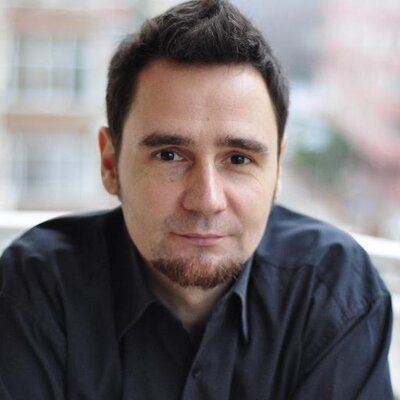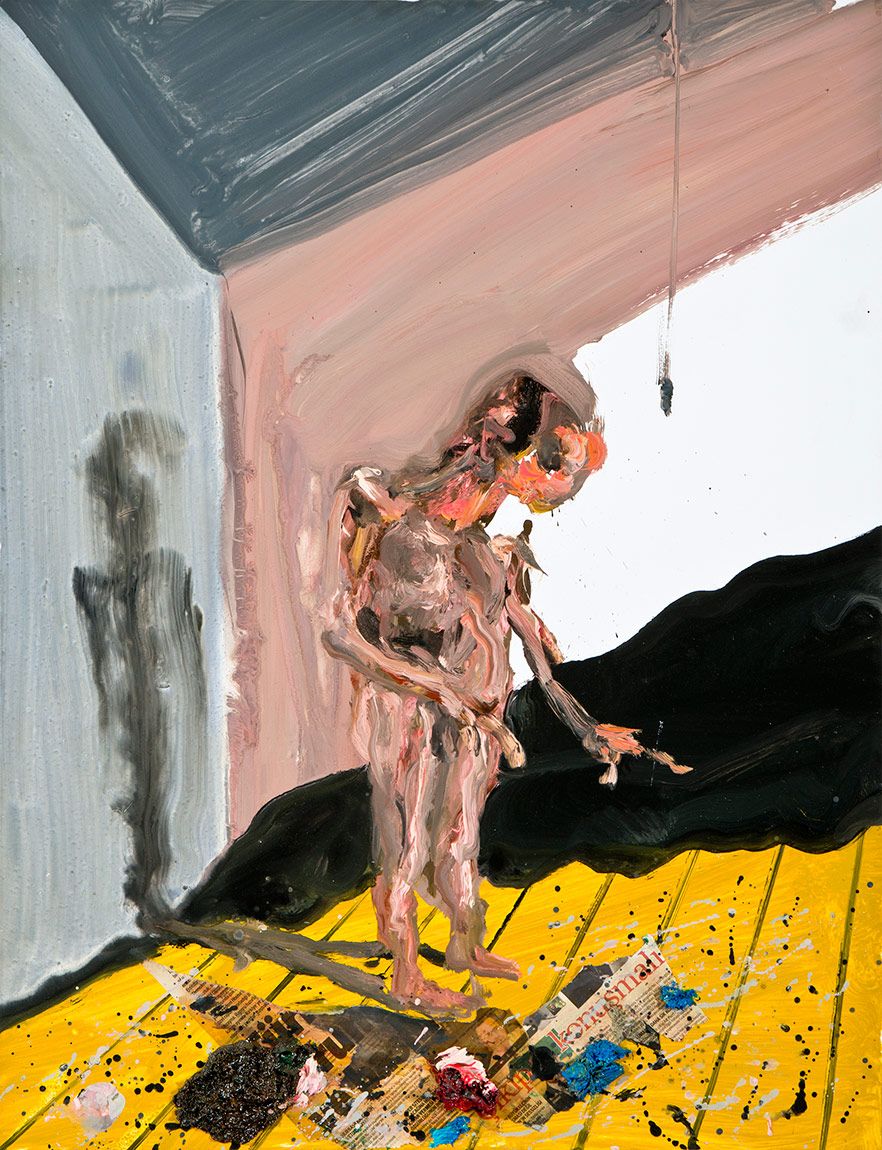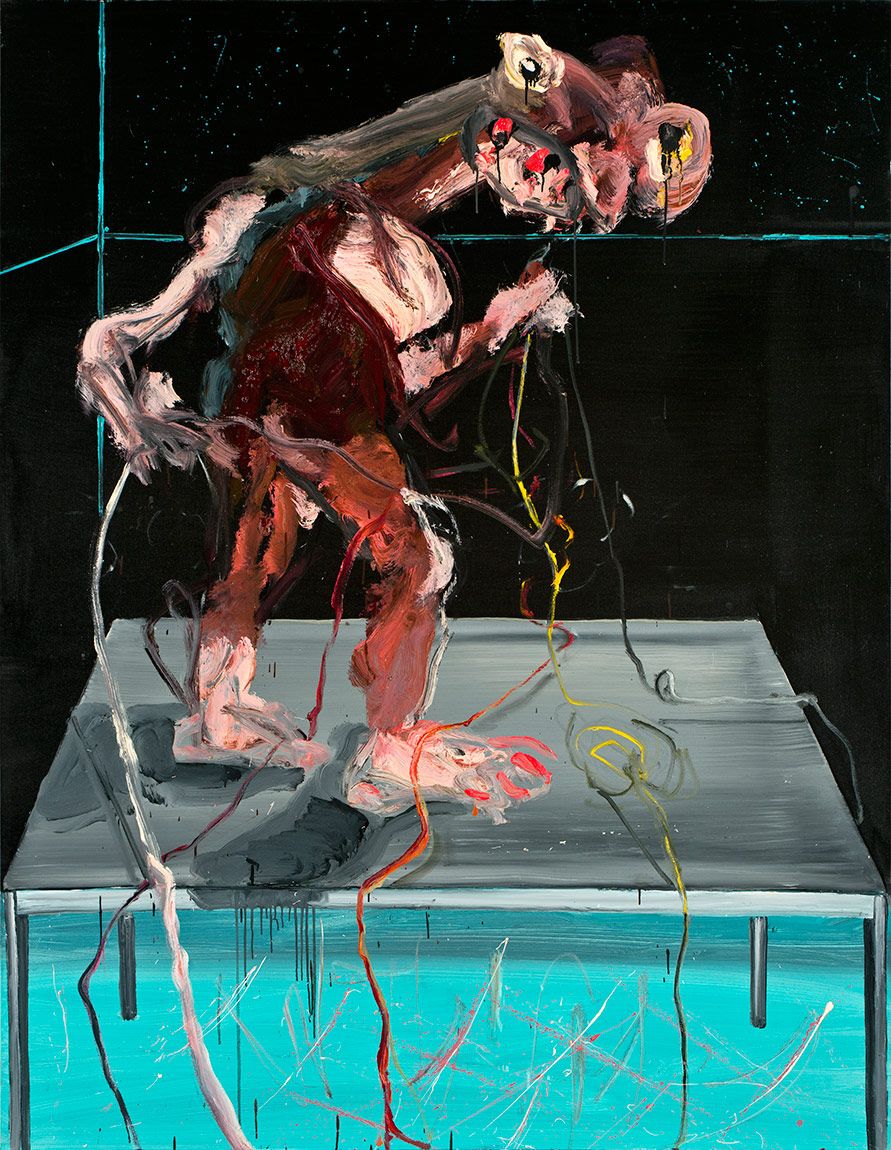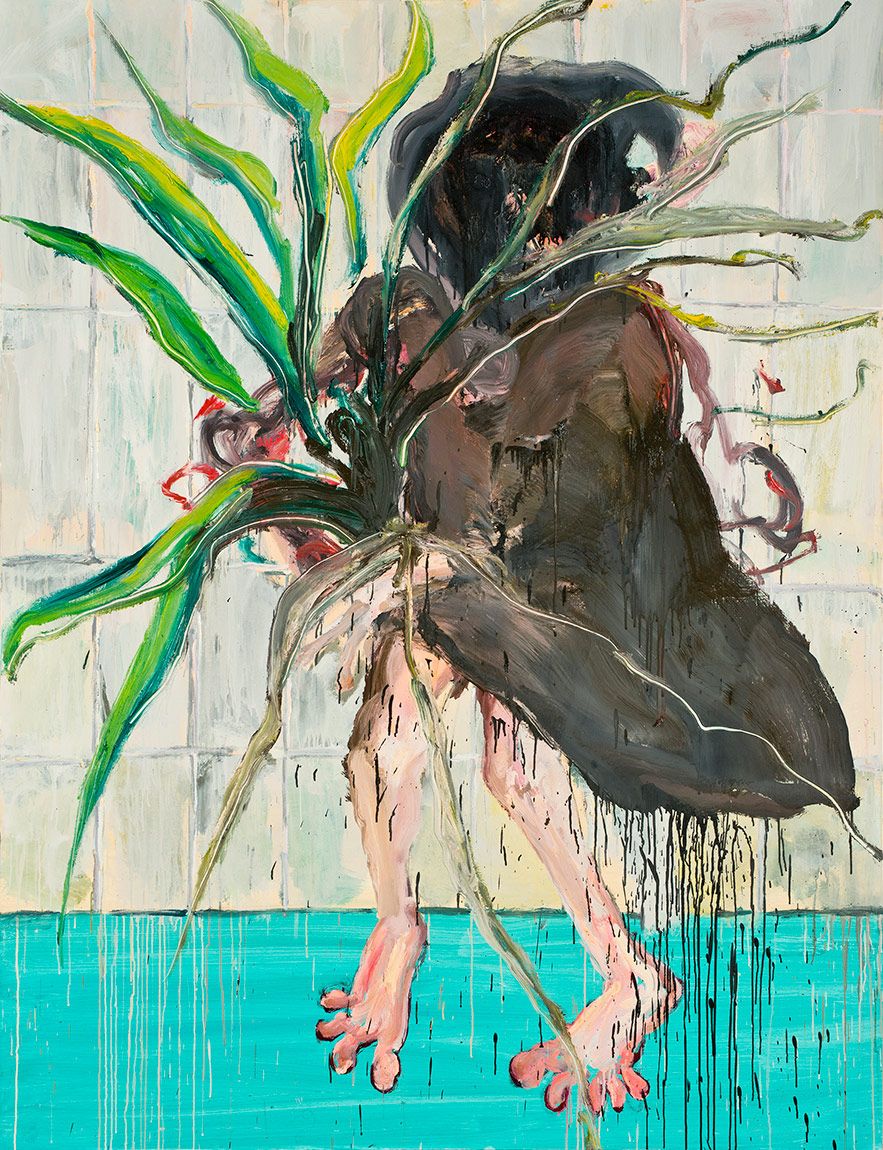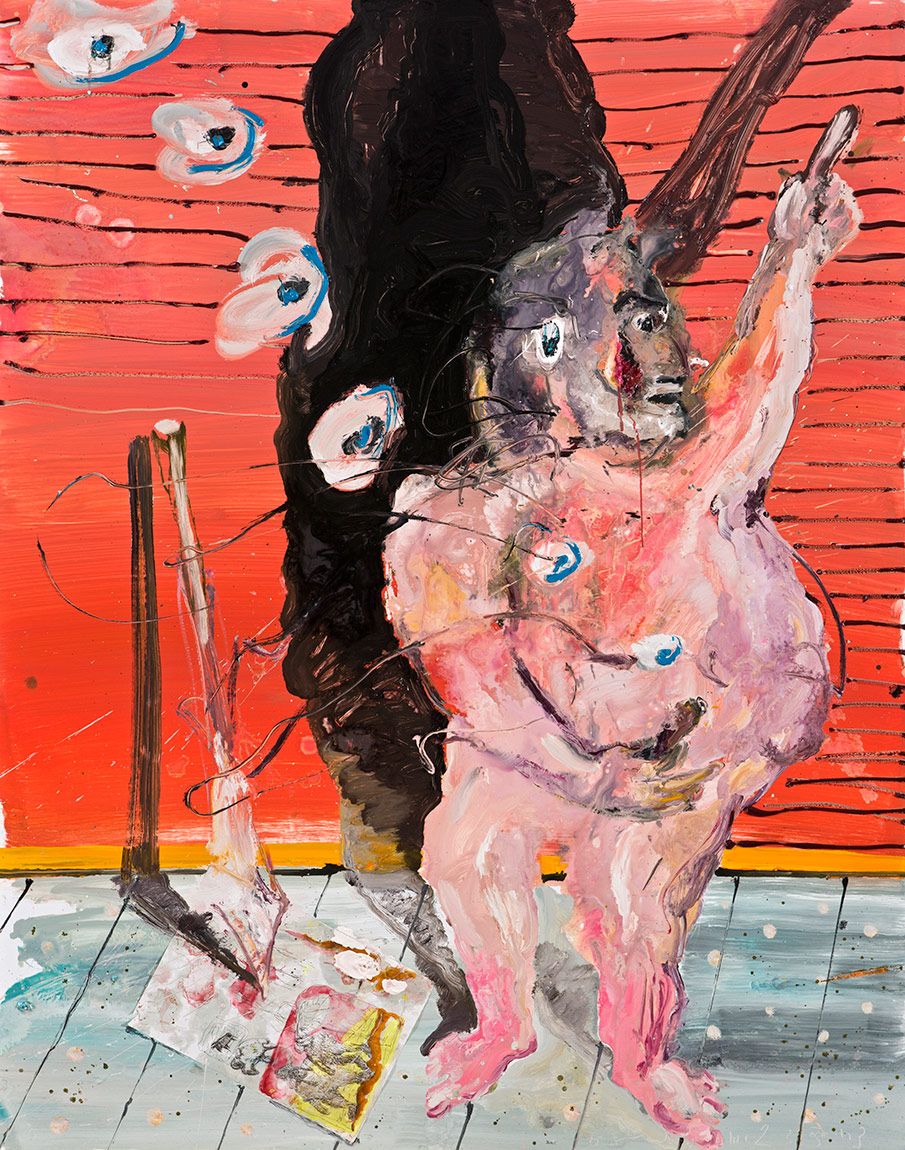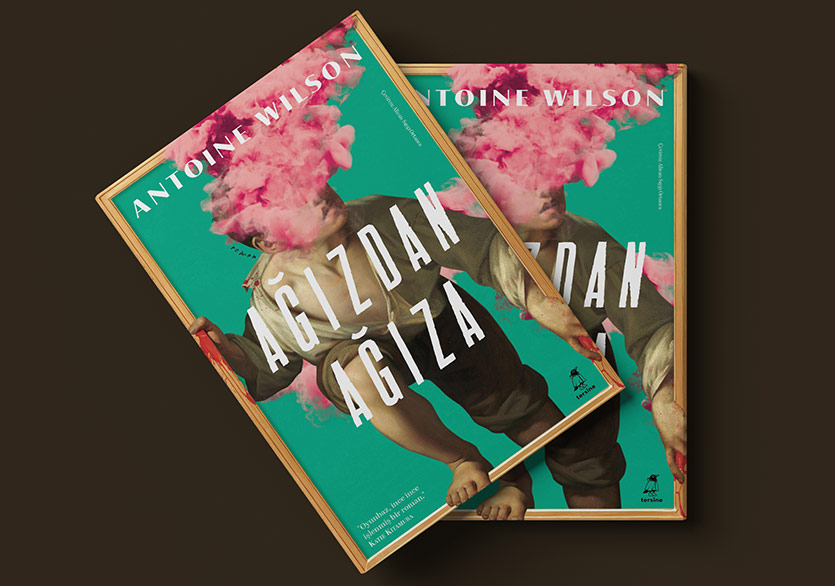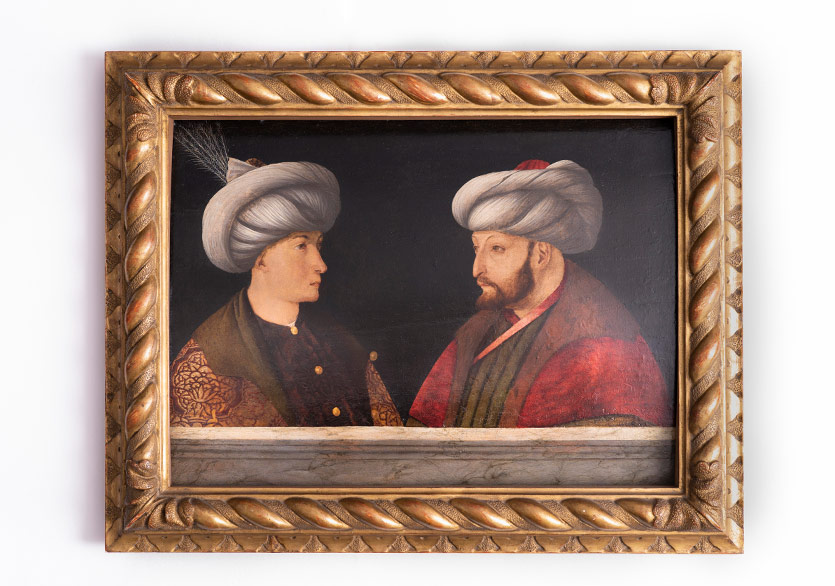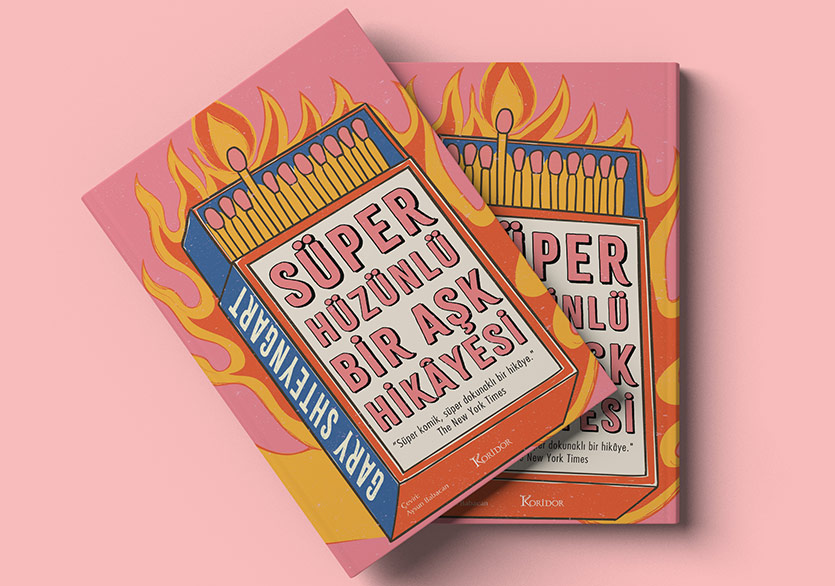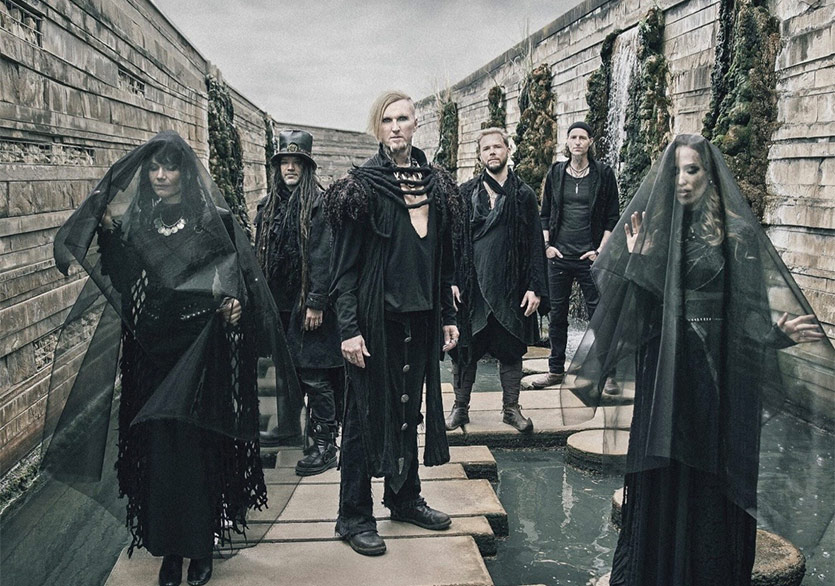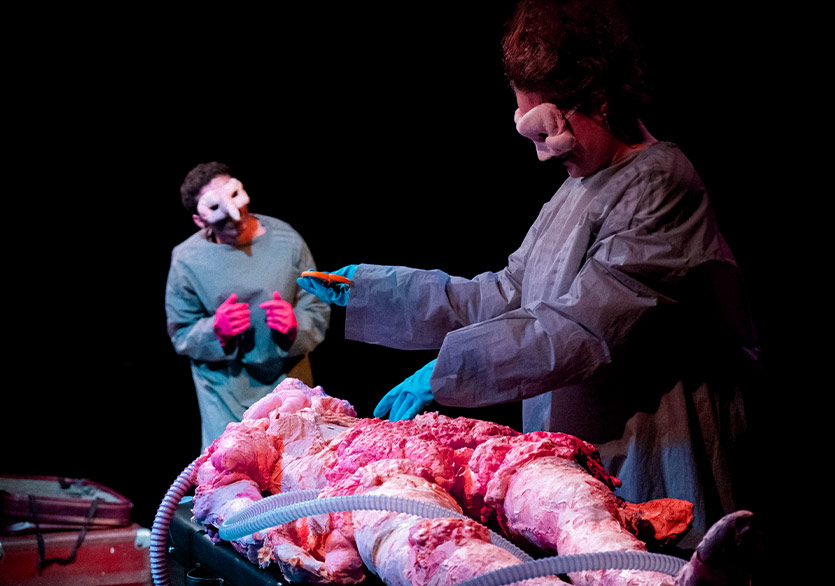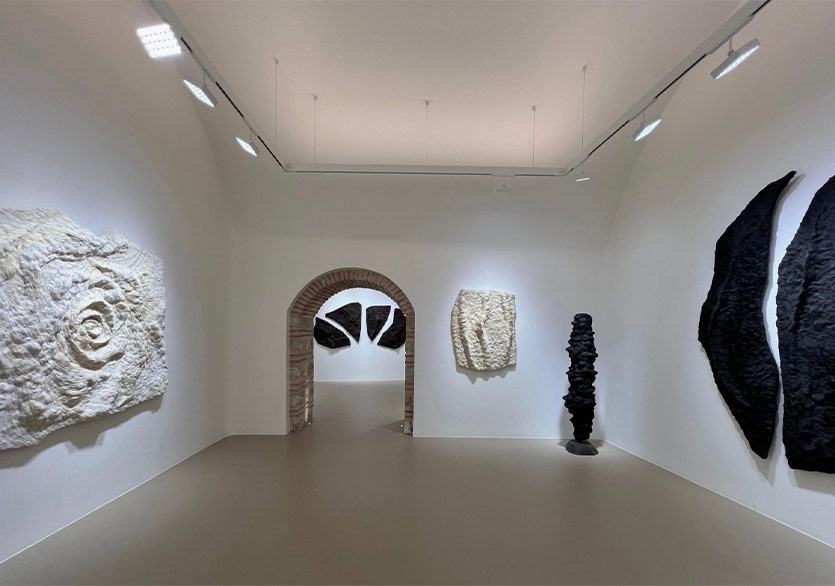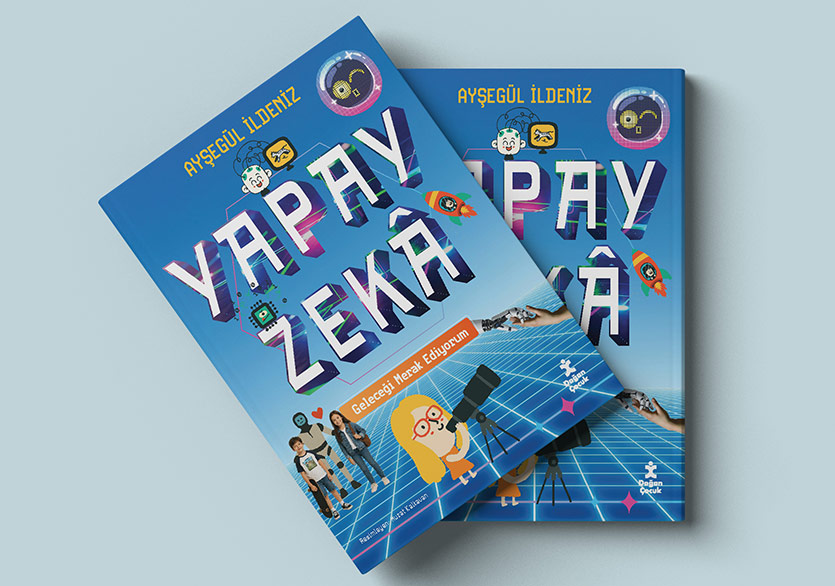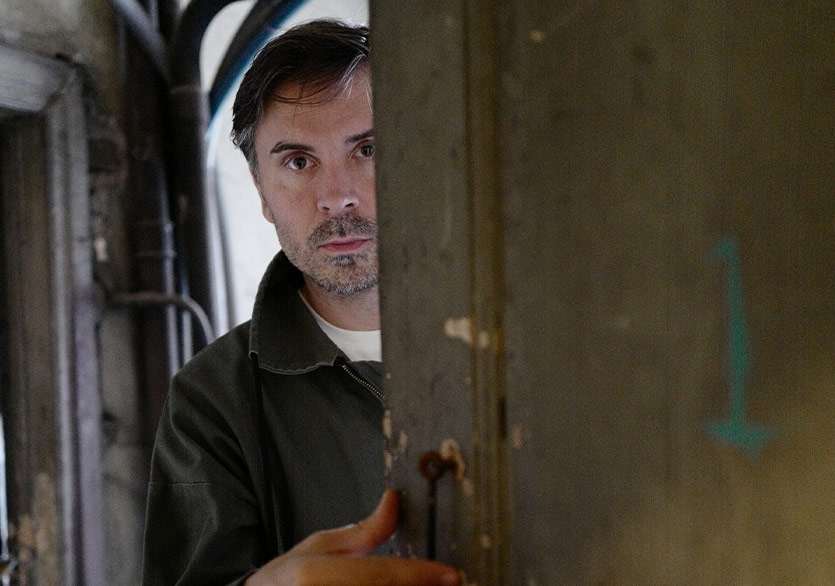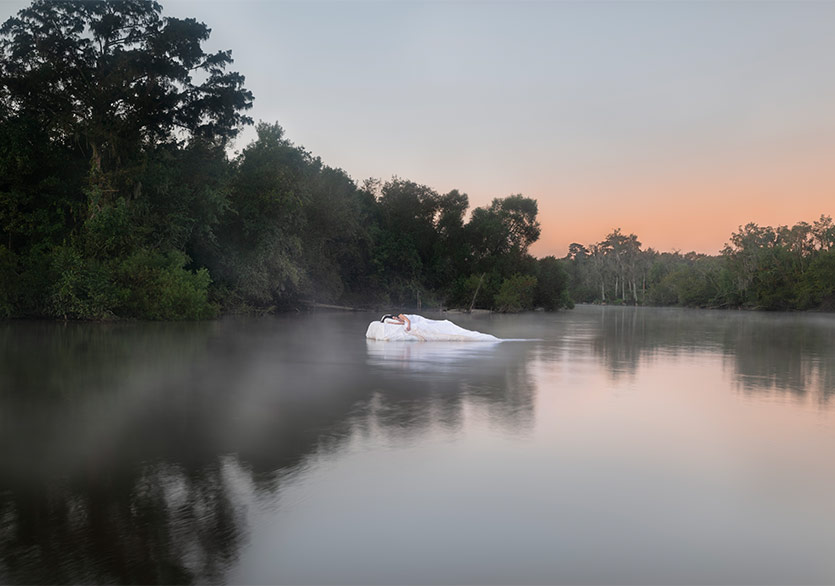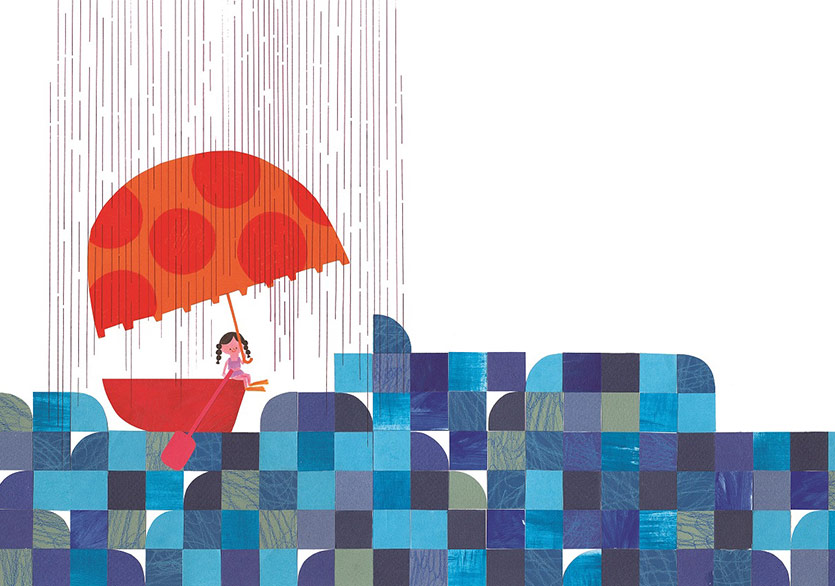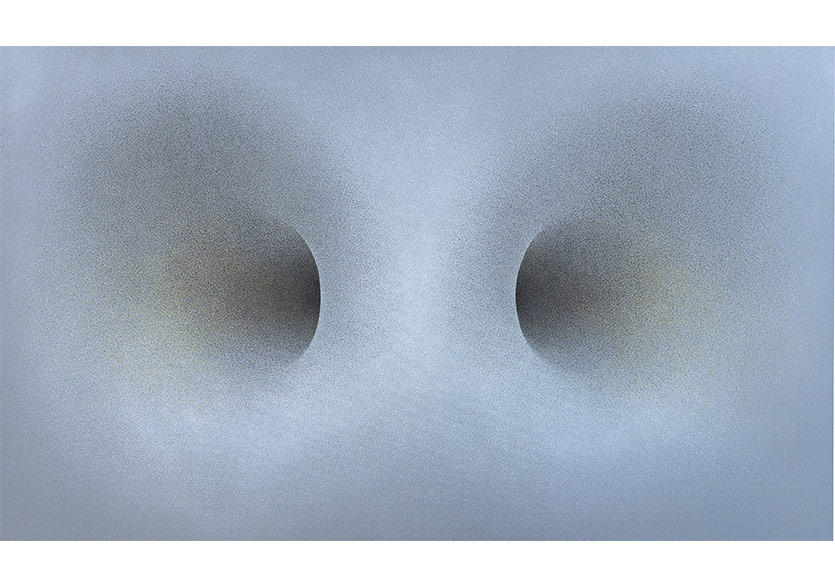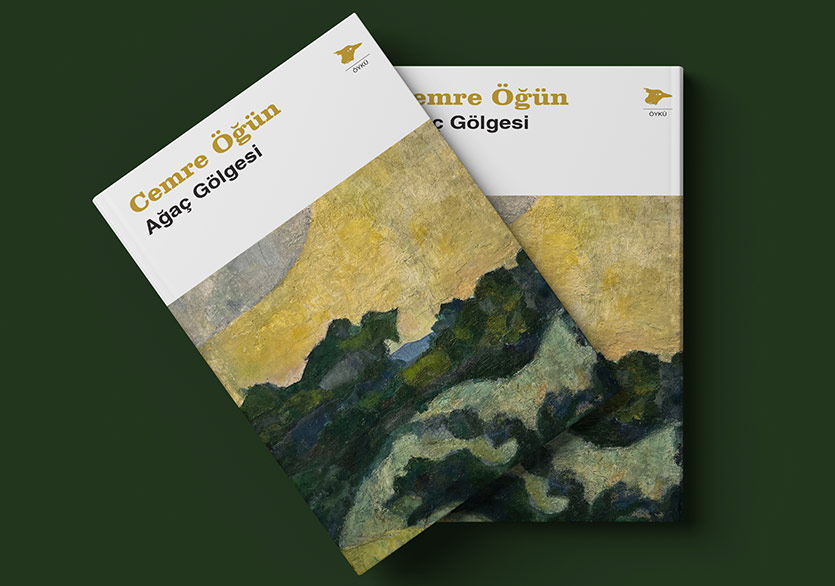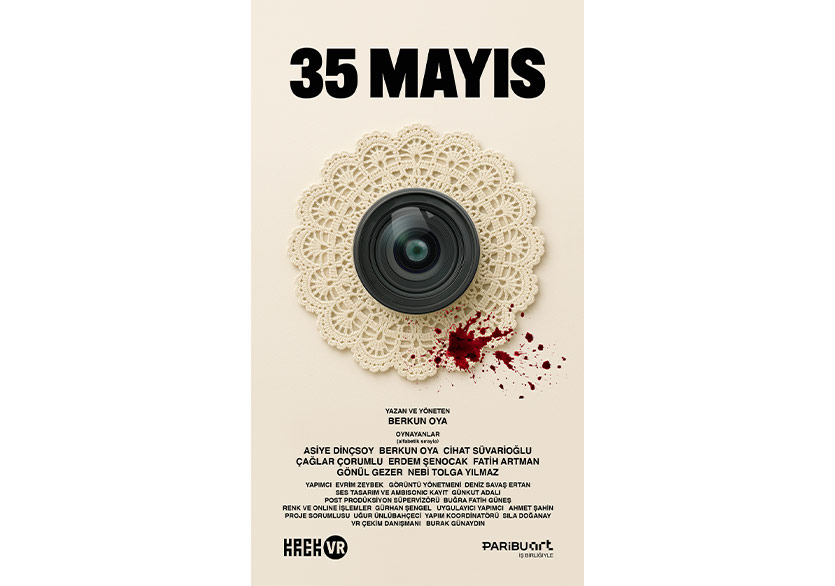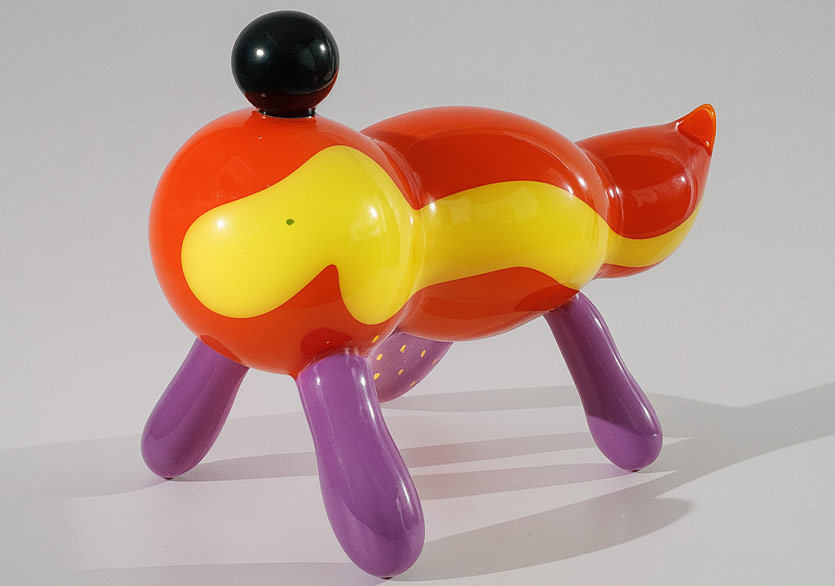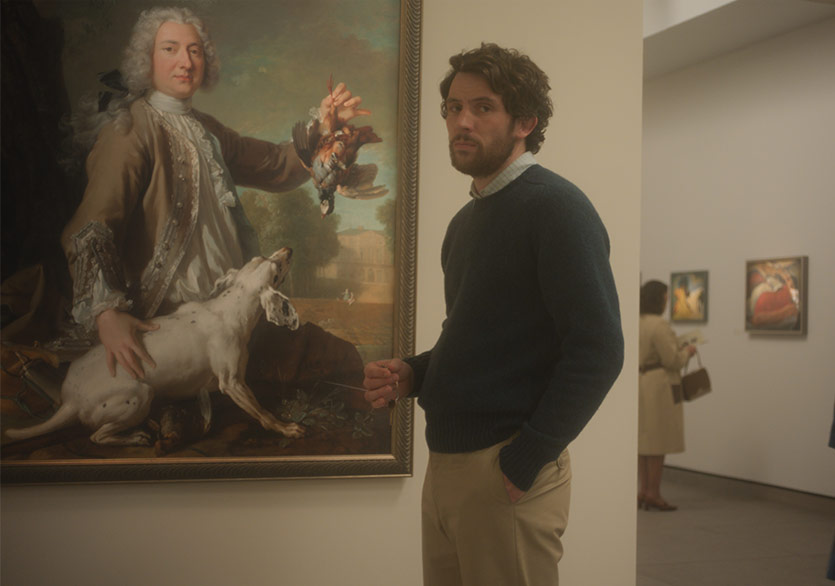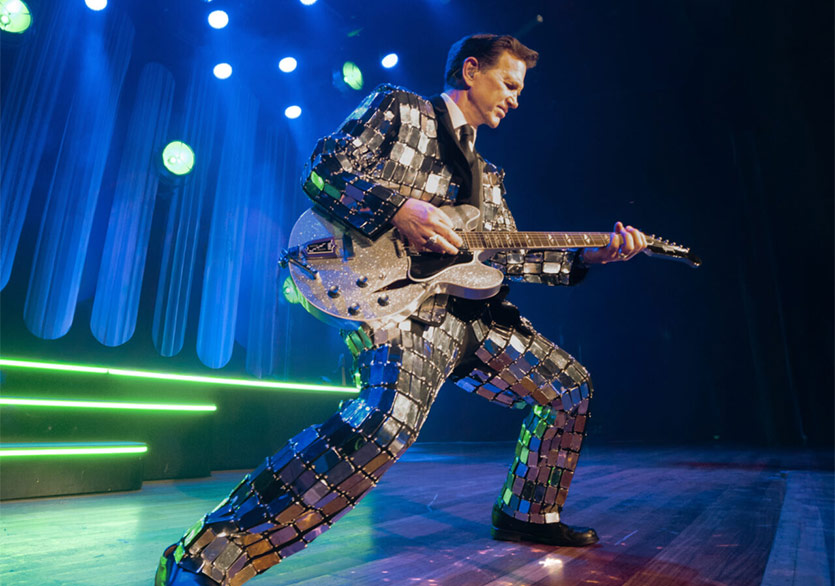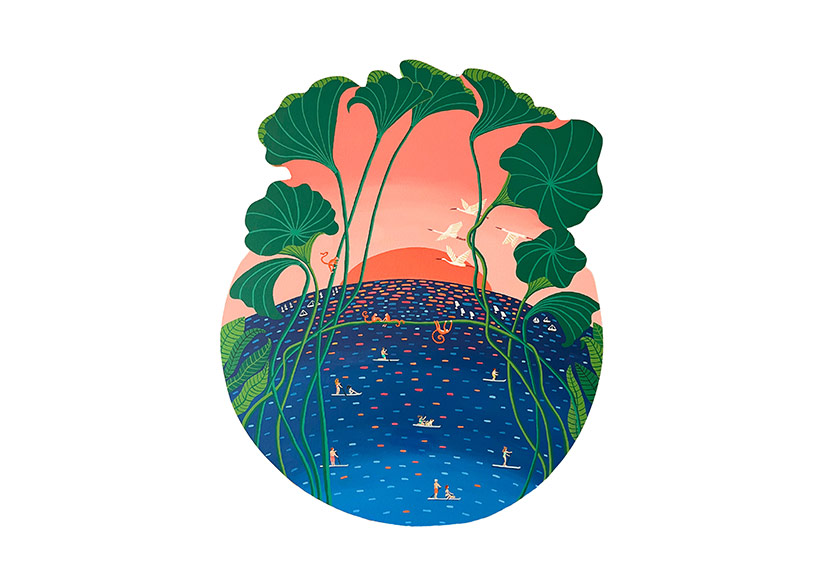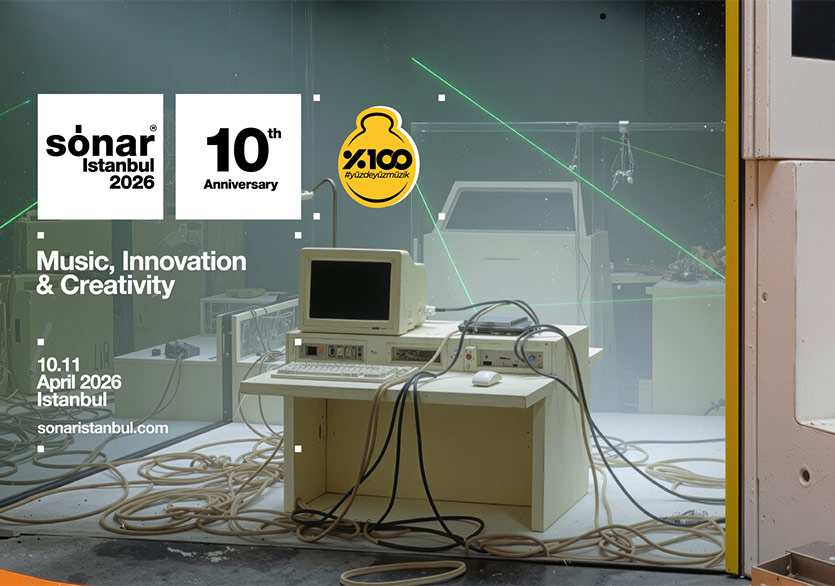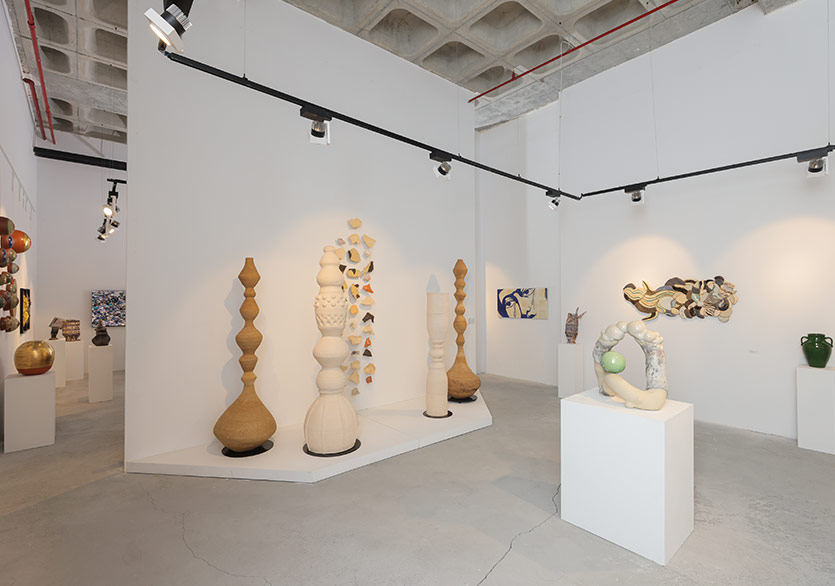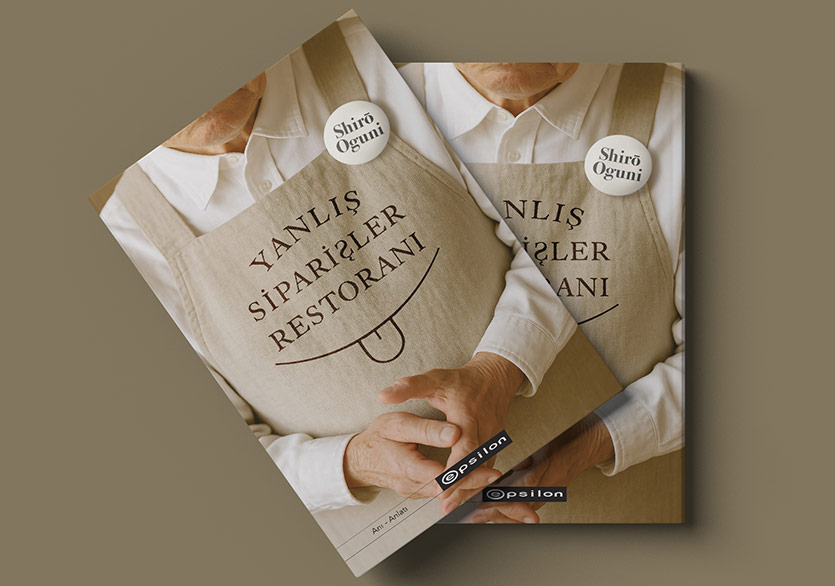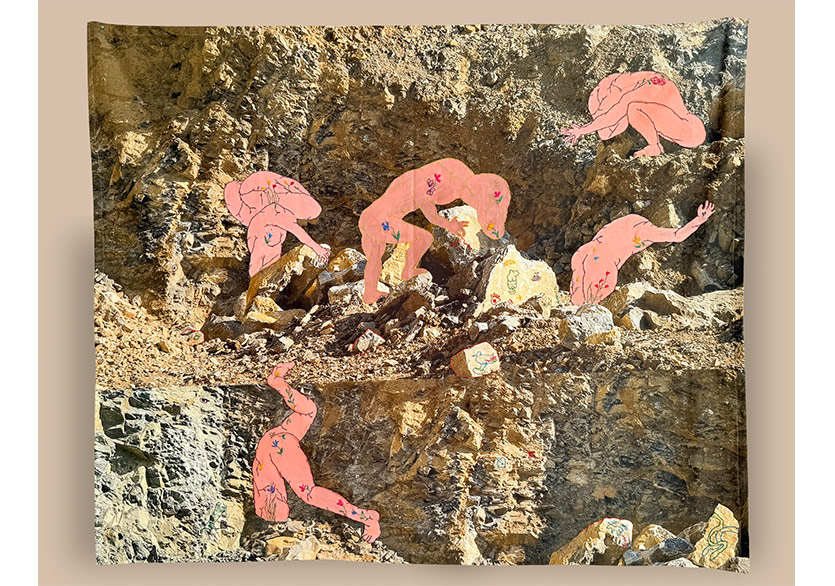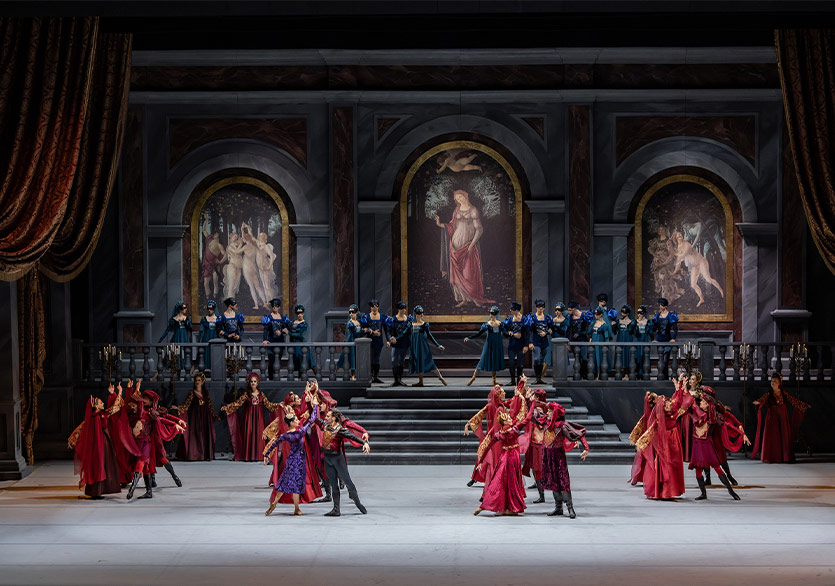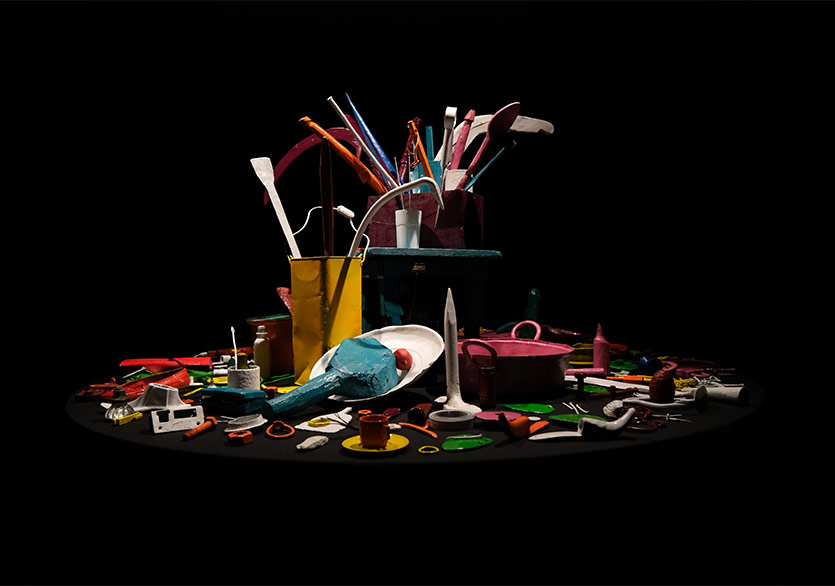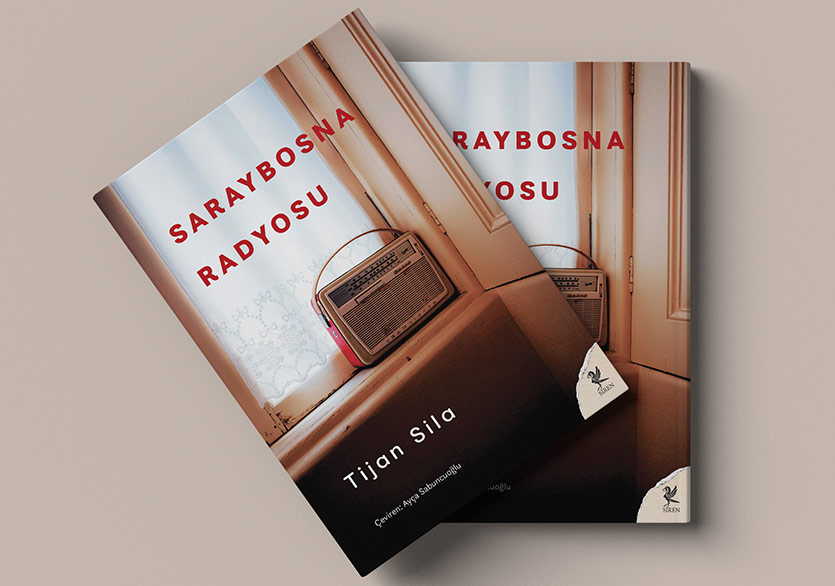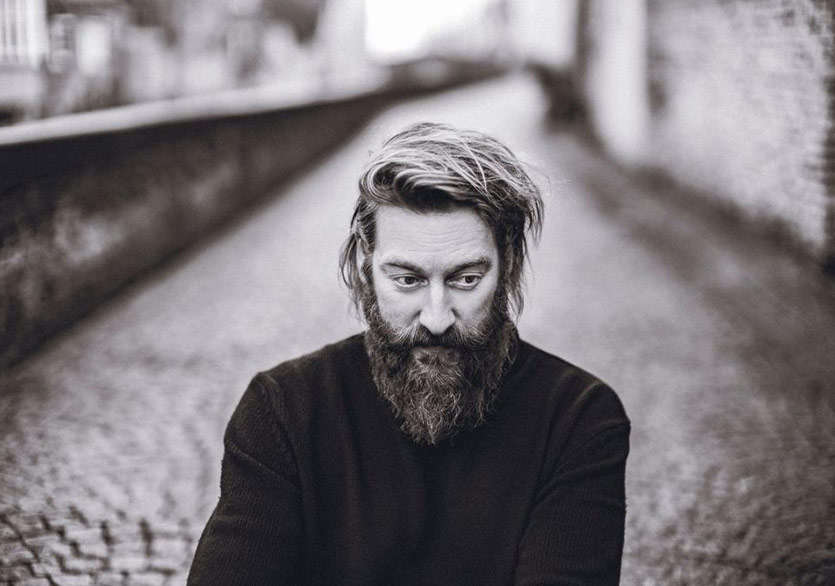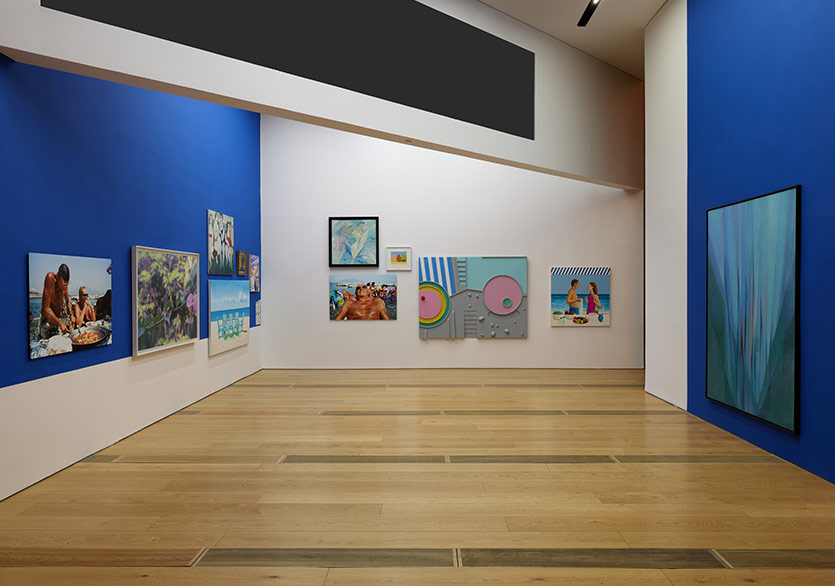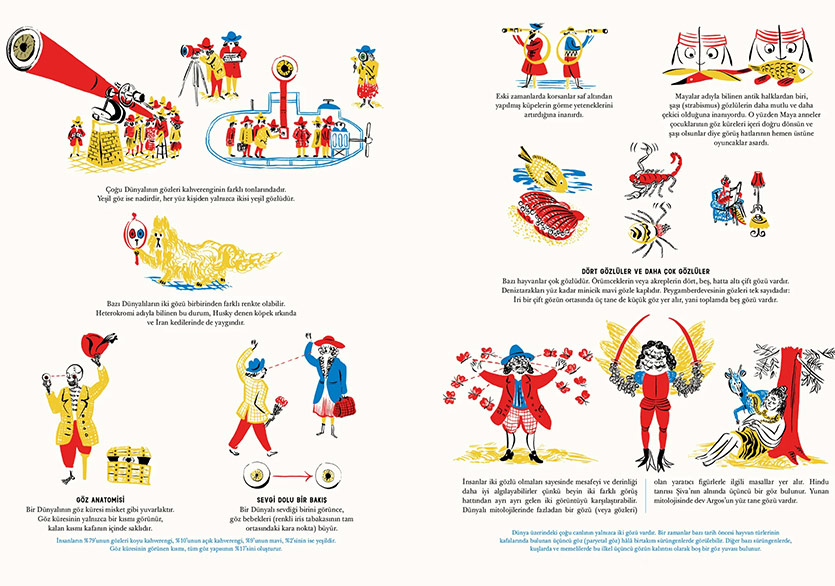


Erdoğan Zümrütoğlu'nun işlerini yıllardır yakından takip etmekteyim ve işleri üzerine çoğu kez yazmışlığım da vardır. Biçim ve kavram olarak resimsel külliyatı katı ve tutarlıdır. Yine de resimlerinin gücü her yıl daha çok artmaktadır ve beni stüdyosuna her davet ettiğinde, yeni resimsel gelişmeleri, estetik ve fikirleriyle beni şaşırtmayı başarmıştır. Soyutlama ve betimlemeleri yanı sıra entelektüel kavram ve kendiliğinden gelişen duygular arasına muhteşem bir denge gösteren Zümrütoğlu'nun külliyatı, zamanımızın dramları ve travmalarının analitik incelemelerinden kaynaklanmaktadır. Çalışmaları, Yeni Dışavurumculuk'un köktenleşmesi olarak anlaşılabilirken, güncel serisi Eugene Schönebeck ve erken dönem Georg Baselitz geleneğine ait de görülebilir. Zümrütoğlu, 20. yüzyılın dışavurumculuğu ile birlikte biçim, renk ve kompozisyona ilişkin yabancılaştırma ve deformasyona vesile olma isteğini paylaşmaktadır. Zümrütoğlu ayrıca, avangartların işlere özgünlük ve ruh gücü veren son derece özgün bir iz, sanatçıya ait kişisel bir işaret bırakan yaratıcılık ve yaratımın gerçek eylemle arasındaki fiziksel yakınlığa olan ilgisini de paylaşır. Burada kendiliğindenlik, doğaçlama ve etkileşim sanat eserinin evrimi esnasındaki anahtar kelimer haline gelir. Klasik dışavurumculardan farklı olarak Erdoğan Zümrütoğlu'nun işleri, yaratıcılığın ve duyguların ani bir patlamasının sonucu olarak ortaya çıkmazlar. İşler, sanatçının belirli bir halet-i ruhiyesine göndermede bulunan zamanın işaretleri değildir. Zümrütoğlu'nun resmetme süreci, sanatsal üretimlerinin hızı çeşitlilik gösterirken, doğal sürecindeki eylem ile dikkatli değerlendirme arasında da her zaman hareketlilik sergiler. Doğal renk patlamaları ve vahşi fırça darbelerinin sonrasında işi yeniden gözden geçirmek üzere Zümrütoğlu her zaman bir adım geriye çekilir. Daha sonra yaratıcı bir patlamanın içine tekrar girebilmek için resme geri döner; öyle ki bir an sonra resim tekrardan analiz ederek ele alınacaktır. Bu diyalektik resmetme tarzı, Erdoğan'ı duygular ve oran arasındaki yola yönlendirir. Ayrıca, şu anki serisinde yer alan boya patlamaları, onun çalışmalarındaki varlığını da ortaya koymaktadır. Bu bağlamda sanatçı, insan bedeninin varoluşçu dilinin üretimine olan ilgisini paylaşırken, hayranlık beslediği Artaud ile olan bağı daha da gün yüzüne çıkar. Bu nedenledir ki sanatçının çalışmaları kendiliğinden gelişen duygular ve hesaplanmış akılcılık arasında duraksamaktadır. Duygusal dışa vurumlarına ve biçimsel gücüne rağmen sanatçının külliyatına her zaman sosyo-politik bir sorumluluğun hakim olduğunu unutmamamız gerekir. O, hiç bir zaman biçimsel olmamıştır; aksine zamanımızın vahşetine ve zalimliğine karşı işlerinin açık bir biçimde ifade etmesini sağlayan etkin bir ressamdır.
En son serisini çok beğeniyorum! Erdoğan Zümrütoğlu külliyatının biçimsel ve kavramsal olarak yeniden evrimleşmesini sağlayaraktan başarıya ulaşmıştır. Elbette kişisel el yazısını geliştirmeyi başardığı geçmiş yıllardaki serileri ile halen güçlü bir bağı bulunmaktadır. Sanatçı, Pi-Artworks'de 2009 yılında gerçekleşen "Ya da" gibi daha önceki çalışmaları ve sergilerinde güncel facialara eleştirel bir yorum getirirken soyutlama ve figür arasındaki olağanüstü dengeyi gösteren geniş boyutlu resimleriyle ün kazandı. 2011 yılında Berlin’de bulunan Gallery Tammen & Partner’de gerçekleşen "Grammar of the other (Ötekinin Grameri)" adlı sergideki çalışmaları, daha önceki resimlerine kıyasla daha güçlü biçimsel bir yapıya sahipti. Bu, kafes örgüsünü kullanışı, siyah dış kontur ve neredeyse her zaman koyu renkte monokrom fon uygulamasıyla vurgulanmıştır. Bu çalışmalar, daha öncekilerden daha basit görünmektedirler. "Ya da" serisindeki figürler kendilerini çatı katına benzeyen bir iç mekanda bulmuşlardır. Karanlık ve korkutucuydular. Bu figürler, Berlin'deki sergide soyut dış mekanlarda ve genelde kırsal alanlara benzeyen mekanlardadırlar. Yalnız başlarınadırlar ve kaybolmuş gibi görünmektedirler. Daha önceki çalışmalarında ise figürler, diğer figürler ile eylem ya da faaliyet halindedirler. Burada kendi var oluşlarının kaosu içinde kendi yollarını bulmak için tek başlarına çaba göstermektedirler. Empire'da 2012'deki ilk kişisel sergisinde sanatçı, daha kasvetli ve daha soyut olan resimleri Kozmetik Şiddet başlığında sergiledi. Buradaki çalışmaları ayrıca, daha önceki işlerine kıyasla daha gizemli ve öze yöneliktir. Sanatçının dış konulara olan ilgisi bu resimlerde daha yıkıcıdır; öyle ki herhangi bir dış kavrama ta da çevredense, ressama ya da resmin kendisine atıfta bulunur gibi görünürler.
Empire'da sergilenen şu anki seride ise soyutlama derecesi düşerken biçimsel karakter daha kuvvetli bir hale gelmektedir. İç mekanlara benzer yerde betimlenen çoğunlukla tek figürler vardır. Burada kahramanlar daha net bir biçimde formüle edilirler ve alanın her bir parçası (duvar, yer, tavan) somut olarak sunulduğu daha grafik ve ilüstratif fona üzerinde dikkat çekmektedir. Bazen sadece mekanın bazı geometrik ve grafik eskizleri dikkati çeker. Aynı Francis Bacon'da olduğu gibi, Zümrütoğlu da bir odayı tasvir etmek için sadece bir kaç çizgi ve darbe kullanır. Mekanın gerçek yapısı ya da görüntüsü izleyicinin zihninde oluşur. Hâlbuki ki mekan aslında gayet basitken figürler karmaşık, parçalanmış ve dışavurumsaldır. Her ne kadar Zümrütoğlu'nun hızlı fırça darbelerinden doğan güçlü bir dinamizm, hareket ve hız duygusu olsa da, figürler ağır bir harekette donmuşçasına hareketsiz görünmektedirler. Betimlenen canavar benzeri kahramanlar açıkça insanı andırmaktadır. Bu deforme olmuş mutantlar, bir karşı ütopya dünyasında hayatta kalmanın acısını taşırlar ve fiziksel görüntüleri, çevrelerindeki şiddet temeline oturmuştur. Acılarını saklamamaktadırlar ve iyiymiş gibi davranmazlar. Figürler ayrıca, görünüşlerinden dolayı utangaç ya da utanç dolu değildirler; çünkü onlar, bizlerin de içinde yaşadığı çeşitli krizlere etkisi ve ilintisi de olan kendi var oluşlarının trajedisi ile izleyiciyi yüzleştirebilmek için onlarla yüz yüze gelmektedirler.
Bu yüzden Erdoğan Zümrütoğlu'nun çalışmaları güncel resmin seçkin örnekleridir ve yine bu yüzden önemli bir sanatçı olarak ün kazanmayı hak etmektedir. O, festival ve görünüşü eleştirel içerik ve alternatif estetiğe tercih eden pazarlamaya yönelik parıltılı sanat dünyasının tuzaklarına düşmüyor. Andy Warhol, her şeyin pop ve popun da her şey olduğunu ortaya çıkardığında, bu tarz bir eğilimi elli yıl öncesinden görmüştü. Guy Debord 1967 yayınlanan The Society of the Spectacle (Gösteri Toplumu) yazısında, bir zamanlar doğrudan yaşanan her şeyin gerçek deneyimden uzaklaşarak sadece bir sunum haline geldiğini zaten iddia etmişti. Bu dolaylı, ikinci gerçekliğe ait genelde popülist deneyimlerinin bizim görsel gerçekliğimiz üzerindeki etkileri büyüktür. Günümüzde imgeleri görme ve anlama yöntemimiz, sanat ve kültür endüstrisinin görsel bombardımanının etkisinden dolayı sert bir biçimde değişim geçirmiştir. Bu bağlamda görsel sanatçılar, toplumun görsel kültürüne her daim katkıda bulunduklarından kendi uygulamalarını sorgulamalıdırlar.
Erdoğan Zümrütoğlu'nun işlerinin dikkate değer olmasının nedeni, çağdaş sanat dünyasının kayıtsızlığının çok ötesine geçerek izleyicinin üzerinde muazzam bir etki yaratıyor olmasıdır. Figür ve soyutlamalarının birleşimi ile içinde bulunulan zamanın konularının eleştirel yorumlarına olan ilgisine günümüzde ender rastlanmaktadır. Zümrütoğlu'nun özgün gücü, resimlerinin hiç bir zaman göze batan, didaktik ya da polemik olmasına izin vermemeside yatar. Bu resimlerde formun mükemmelliği ve estetiğin çekiciliği, zeki içeriklerle birleşmektedir. Resimlerin ikonografik ve düzensel parçalanmışlığından dolayı klasik resimsel içerik, ressam tarafından bilinçli bir biçimde reddedilmektedir. Zümrütoğlu'nun imgeler dünyasının biçimlendirilmesine dahil olmak bu sayede mümkün olur. Dolayısıyla izleyici ektin hale gelir ve edilgen alıcı rolünü bırakması için cezbedilir. Sanatçı, son dönem modernizminin başarılarından yararlanırken saf post modern eklektisizminin ötesine geçen çağdaş bir külliyatı yaratmakta başarılı olmaktadır. Kendine has formları ve sosyo-politik sorumlulukları ile çalışmalar, resim alanındaki yenilenmeye katkıda bulunmaktadırlar. Bu yenilenmeye ihtiyaç vardır: çünkü resim sanatı bir krizdedir; lakin ölmemiştir!
Marcus Graf
Doç. Dr., Yeditepe Üniversity, Güzel Sanatlar Fakültesi, Sanat Yönetimi Bölümü
Daimi Küratör, Plato Sanat
Program Direktörü, Contemporary İstanbul
Great Beauty in Cruel Darkness
I follow the work of Erdoğan Zümrütoğlu closely for many years now, and have written quite a lot about it. His painterly oeuvre is stringent and consequent regarding form and concept. Nevertheless, the power of his paintings increases year by year, and every time he calls me to his studio, he manages to surprise me with new painterly developments, aesthetics and ideas. Showing a great balance between abstraction and figuration as well as intellectual concept and spontaneous emotion, his oeuvre results from analytical reviews of the dramas and traumas of our time. His work can be understood as a radicalization of Neo-Expressionism, whereas the current series can be seen in the tradition of Eugene Schönebeck and the early Georg Baselitz. With the expressionists of the 20th century, Zümrütoğlu shares the will to cause alienation and deformation regarding figuration, colour, and composition. He also shares the avant-garde’s interest in a physical immediacy between the creator and the actual act of the creation, where a highly authentic trace, a personal mark of the artist gives the piece individuality, and auratic power. Here, spontaneity, improvisation, and interaction become key-words during the artwork’s evolution. Different from classic expressionists though, Erdoğan Zümrütoğlu’s works are not results of a sudden explosion of creativity and emotion. They are not marks of time, which refer to a certain state of the mind of the artist. His painting process is always shifting between spontaneous acting and careful consideration, as he varies the speed of his artistic production. After spontaneous blasts of colours and wild brush strokes, he always steps back in order to review the work. Then, he gets back to the painting just to fall again into a creative outburst, which a moment later will again be analyzed and reconsidered. This dialectic painting process leads Erdoğan to a path between emotion and ratio. Also in the current series, explosions of paint manifest his existence in the works. In this sense, a connection to Artaud – whom he also admires – becomes obvious, as the artist shares with him an interest in the production of an existential language of the human body. That is why his work wavers between spontaneous feelings and calculated rationality. Though, let us never forget that despite its emotional expressiveness, and formal power, his oeuvre always posses a socio-political commitment. He is and was never a formalist but an engaged painter who lets his work speak up against the cruelty and inhumanity of our time.
I love the current series of paintings! Erdoğan Zümrütoğlu again succeeded in letting his oeuvre formally and conceptually evolve. Of course, there is still a strong connection to the series of the past years, in which he managed to develop his own personal handwriting. In his earlier works and exhibitions, such as “Ya da” (“Or”) in the gallery Pi-Artworks in 2009, he became famous for his large-sized paintings, which showed a wonderful balance between abstraction and figuration, while critically commenting on current disastrous events. The works in the show “Grammar of the other” at Gallery Tammen & Partner, 2011 in Berlin, had a stronger figurative nature in comparison to his earlier paintings. This was underlined by his use of the grid, the application of black outer contours and the always nearly monochrome dark background. These works appeared simpler than the earlier ones. In the „Ya da“ series, the figures of his works found themselves in cellar-like interiors. They were dark and scary. In the show in Berlin, the figures were in abstract exterior spaces and often in landscape-like environments. They stood alone, and seemed lost. In his previous works, the figures were involved in actions or activities with other figures. Now they were trying alone to find their way in the chaos of their existence. In his first solo show at Empire in 2012, he exhibited under title Cosmic Violence paintings that were much darker and more abstract. Also they were more mysterious and intrinsically oriented than all previous works. His interest in external matters was more subversive in these paintings, so that they seemed to refer rather to the painter or the painting itself than to any outer context or environment.
In the present series exhibited at Empire, the figurative character became stronger while the grade of abstraction decreased. Mostly single figures are depicted in interior like spaces. The protagonists are now clearer formulated, and stand out against the rather graphic and illustrative background, where each part of the space (wall, floor, ceiling) is concretely presented. Sometimes, only some geometrical and graphic sketches of a space are recognizable. Just like Francis Bacon, Zümrütoğlu only uses a few lines and strokes to articulate a room. The actual being or visuality of the space occurs in the mind of the spectator. Whereas the environment is rather simple, the figures are complex, fragmental, and expressive. Although there is a strong sense of dynamism, movement, and speed caused by Zümrütoğlu’s hasty brush strokes, the figures seem still, as if they were frozen in a heavy movement. The depicted monster-like protagonists obviously resemble human beings. These deformed mutants carry the burden of being alive in a dystopic world, and their physical appearance is based on the violence of their surroundings. They do not hide their pain, and do not pretend to be fine. Also, the figures are not shy or ashamed because of their look, because they directly face the spectator in order to confront him with the tragedy of their existence, which reflects on and relates to the various crises we are all living with.
That is why Erdoğan Zümrütoğlu’s pieces are outstanding examples of contemporary painting and that is why he deserves his reputation as an important artist. He is not falling into the traps of the shiny market oriented art world, which prefers festivalism and spectacle over critical content and alternative aesthetics. Andy Warhol foresaw this tendency fifty years ago, when he exposed that everything is pop and pop is everything. Guy Debord claimed already in 1967 in his text The Society of the Spectacle that everything that once was directly lived has moved away from real experience to become pure representation. These mediated, often populist experiences of the second reality have a huge impact on our visual culture. The way we see and understand images today has drastically changed due to the impact of the visual bombardment of the art and culture industry. In this context, visual artists have to question their practice, as they always contribute to societies’ visual culture.
Erdoğan Zümrütoğlu’s work is significant because it causes a massive impact on the spectator, which goes beyond the nonchalance of the contemporary art world. His mix of figuration and abstraction, as well as his interest to critically comment on issues of the immediate present, is rare these days. Zümrütoğlu’s particular strength is that he never lets the paintings to be obtrusive, didactic or polemical. Here, great form and attractive aesthetic meets intelligent content. Due to the paintings’ iconographic and compositional brokenness, the classical pictorial context is consciously denied by him. That is why it is possible to participate in the shaping of Zümrütoğlu’s worlds of images. So, the spectator is activated and lured to abandon the passive attitude of the recipient. The artist succeeds in creating a contemporary oeuvre, which draws upon the accomplishments of late modernism while going beyond pure postmodern eclecticism. With its unique form, and its socio-political commitment, the works contribute to a renovation in the field of painting. This renovation is needed, because painting is in a crisis but it is not dead!
Marcus Graf
Assoc. Prof. Dr., Yeditepe University, Fine Art Faculty, Art Management Dept.
Resident Curator, Plato Sanat
Program Director, Contemporary Istanbul

